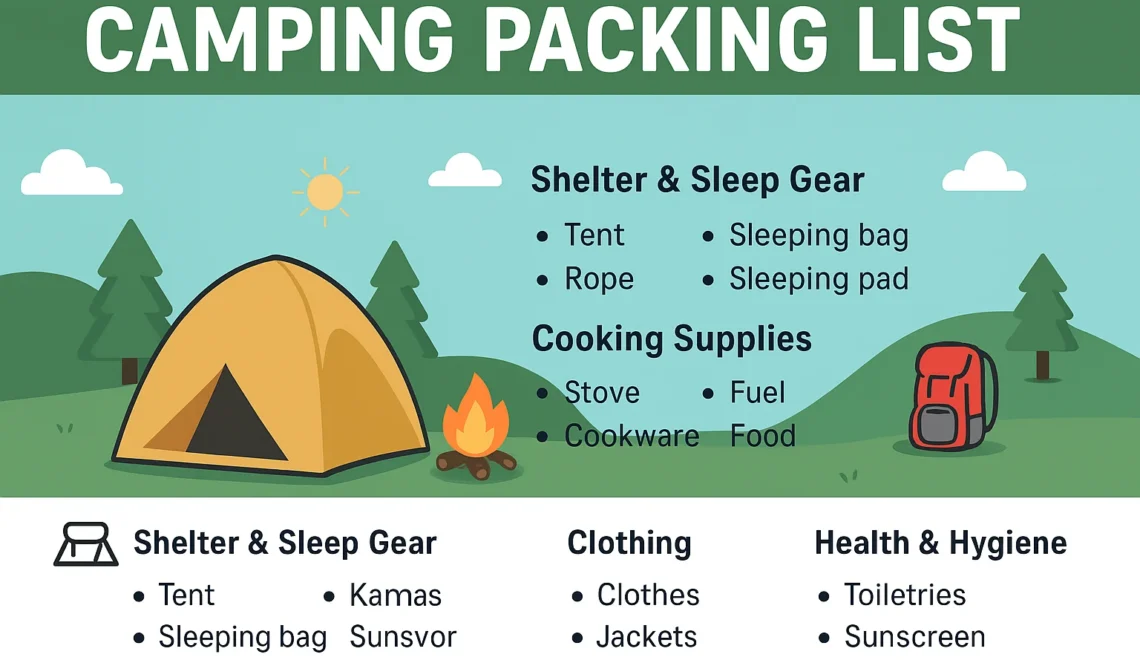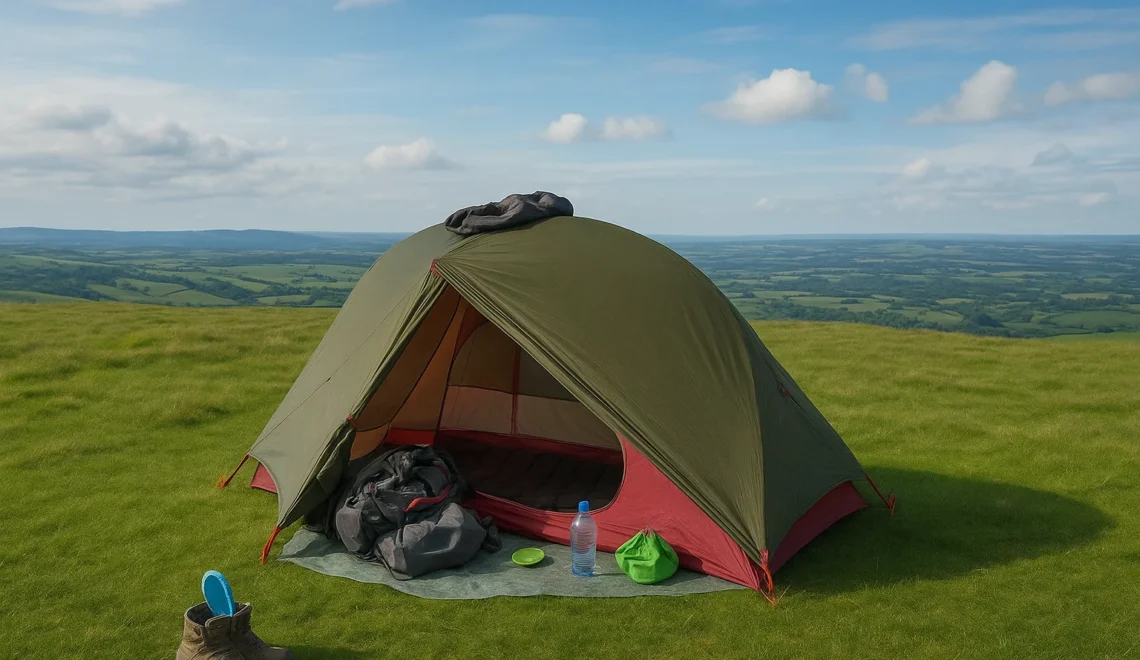
The North Face Mountain 25: Ultimate Shelter
I’ve purchased my fair share of tents over the years, but nothing has matched the dependability and durability of The North Face Mountain 25. This four-season tent, originally launched back in the 1970s, has earned its reputation among serious climbers, trusted by guide services on demanding expeditions across the world. Whether you’re setting up in a biting -20C chill or enduring a sudden rainstorm in Pennsylvania, this tent stands up to extreme weather without problem. The original model I owned—an old A-frame—was solid, and when it came time to replace it, my decision was easy. Even though I picked up a used, older version of the Mountain 25, the guy lines were still factory wrapped, which said everything about how well it had been kept.
For anyone serious about general mountaineering, high-altitude climbs, or winter camping, Mountain 25 is more than just comfortable—it’s a tool built to explore the toughest mountain ranges. While it may be too heavy for backpacking, especially compared to newer, lightweight, single-walled tents, it excels in car-camping, base camping, and missions where shelter can’t fail. It offers real value for those who need a reasonably priced four-season tent that performs when it matters most. From my experience, this is the tent you want with you when the stakes are high and the temperatures are low.
Real-World Use from Long-Term Campers
When I first added The North Face Mountain 25 to my gear list, it was for a serious expedition and extended winter camping trips where gear failure simply isn’t an option. This tent has proven to be one of the most robust models I’ve ever tested. In my review, I found that its storm worthiness and versatility easily made up for its slightly heavier weight. It feels incredibly spacious and livable, more so than many tents in the same category that are far more expensive. A standout feature I didn’t expect was the round foam pieces designed to hold the fly off the side of the tent—they do improve air circulation, especially in damp, cold conditions.
On one trip, I pulled it out of the bag, not knowing I’d be relying on it for weeks—it quickly became my temporary home. I’ve taken it on multiple trips, and it shows up in so many of my images because it never lets me down. Other reviews call it bomb-proof, and I agree. It held firm through weather I hoped never to encounter, reminding me of my previous 4-season shelter that withstood fierce Prairie winds strong enough to toss camper trailers off their pads. If you need something that will survive that kind of punishment, this is it.
Built to Withstand the Worst
The Mountain 25 is a tent designed for extreme conditions, and after my own experience in the rugged mountain weather of upstate New York, I can confidently say it delivers high performance. During a sudden snowstorm near a campground outside Oswego, NY, I was impressed by how secure it felt inside. Its strong pole design, tight pitch, and reinforced guyline points make it one of the best-constructed tents I’ve tested. The inner fabric handles moisture and condensation better than most, while the snow flaps on the vestibule form a tight seal that keeps snow and spindrift out completely.
I originally purchased mine used and had a great experience doing so. After asking the seller the right questions, reviewing photos, and taking a smart approach, I felt confident in my buying decision. It helped that this is a popular model, and plenty of options were available in the secondhand market. I even spotted several TNF models, including the larger VE25, while comparison shopping on EBay. If you’re interested in this level of quality without paying full price, investing a bit of spare time in searching for the used listings can be worth it—I even managed to get a few great shots of mine with a wide-angle lens from the inside.
Setup Simplicity Meets Expedition Readiness
The Mountain 25 is a 4-season, two-person tent designed for rugged adventures, but it’s surprisingly easy to manage once you know the system. The inner tent pitches with a combination of pole sleeves and clips at the lower sections of the poles, and the sleeve design is truly ultra bomber once everything is set up. That said, you need some caution when working in high winds—if it’s windy, the dome tent can act like a sail during erecting, and it’s important to hold the poles securely and support them to avoid a bend or break.
Once the frame is in place, the fly and body connect at the grommets, making everything quick and secure. The tent comes with 16 DAC aluminum stakes, which feel solid and reliable, along with snow parachutes that our testing team called an extra touch. With 32 square feet of floor space, the inside is surprisingly cushy for an expedition-style climbing or base camping setup. We’ve tested it in Alaska, Patagonia, and the Himalayas, and every time, it held up incredibly well.
Our testers loved how comfortable and livable it felt after long days on the move. The spacious eight-square-foot front-line vestibule easily fits two packs with room left to take off wet layers before entering the central space. We even cooked inside for over two dozen nights using the snow flaps to anchor everything. There’s also a smaller three-square-foot vestibule that’s great to store boots or a couple of mostly empty bags against the main wall, keeping clutter out of the way. Mesh pockets inside helped us stay organized, even in full storm mode.
Built to Adapt and Last
The Mountain 25 has earned its place as one of the most bomber expedition tents out there. In my review, I found it to be noticeably burlier than many other options, especially when comparing older and latest designs. The current version features a fly made with 40D nylon and a 1500mm PU/silicone coating, offering better water resistance and longevity than the previous polyester fly, which was more prone to hydrolysis and chemical breakup. I’ve seen how silnylon fabrics in the current model truly hold up over time, even in wet conditions, making this tent a solid choice that may last twice as long in the field.
Another reason this tent stands out is the high-quality DAC poles, which are an industry standard for reliable performance. Our testers praised the newest model for its construction and found it to be above average in quality. Honestly, it just feels better built. The way it integrates design features shows it was made with real-world use in mind and multiple ways—it’s not just for winter or one kind of trip. It handles changes in climate, gear setups, and location shifts without hesitation, which is what true versatility should look like.
FAQs
1. Is the Mountain 25 suitable for year-round use or just winter conditions?
Yes, the Mountain 25 is a 4-season tent designed for expedition-style adventures. While it’s especially strong in extreme conditions like snowstorms and high winds, its versatility also makes it suitable for base camping and mountain weather throughout the year.
2. How heavy is the Mountain 25, and is it manageable for backpacking?
The tent weighs approximately eight and a half pounds. While a bit heavy for long treks, it’s a reasonable weight for the level of storm worthiness, durability, and comfort it offers on serious expeditions.
3. What materials make the Mountain 25 so weather-resistant?
The fly on the latest version uses 40D nylon with a 1500mm PU/silicone coating, giving it strong water resistance and longevity. Unlike the previous polyester fly, it’s less prone to hydrolysis or chemical breakup, thanks to its use of silnylon fabrics.
4. How does the setup process handle in windy conditions?
The inner tent pitches with pole sleeves and clips, which form an ultra-bomber frame. But in strong winds, you’ll need to use caution to securely support the poles, since the dome tent can act like a sail if not held properly during erection.
5. What makes the Mountain 25 a good long-term investment?
Besides its high-quality DAC poles, above-average construction, and spacious floor space, the Mountain 25 is built to hold up over time. It’s one of the best-constructed tents in its class, tested in places like Alaska, Patagonia, and the Himalayas, with performance that can last twice as long as many competitors in wet and rugged conditions.
Conclusion
The Mountain 25 stands out as a true expedition-ready tent, made for those who demand reliability in the harshest environments. With its bomber build, high-quality materials like DAC poles and silnylon fabrics, and smart features like snow flaps, vestibules, and a secure setup system, it offers both comfort and performance. Whether you’re setting up in the Himalayas, Patagonia, or bracing against strong winds on a winter night, this tent has proven it can hold up, not just once, but over time. It’s a versatile, livable, and long-lasting choice for serious climbers, campers, and expedition teams alike.




I’d constantly want to be update on new content on this web site, saved to fav! .